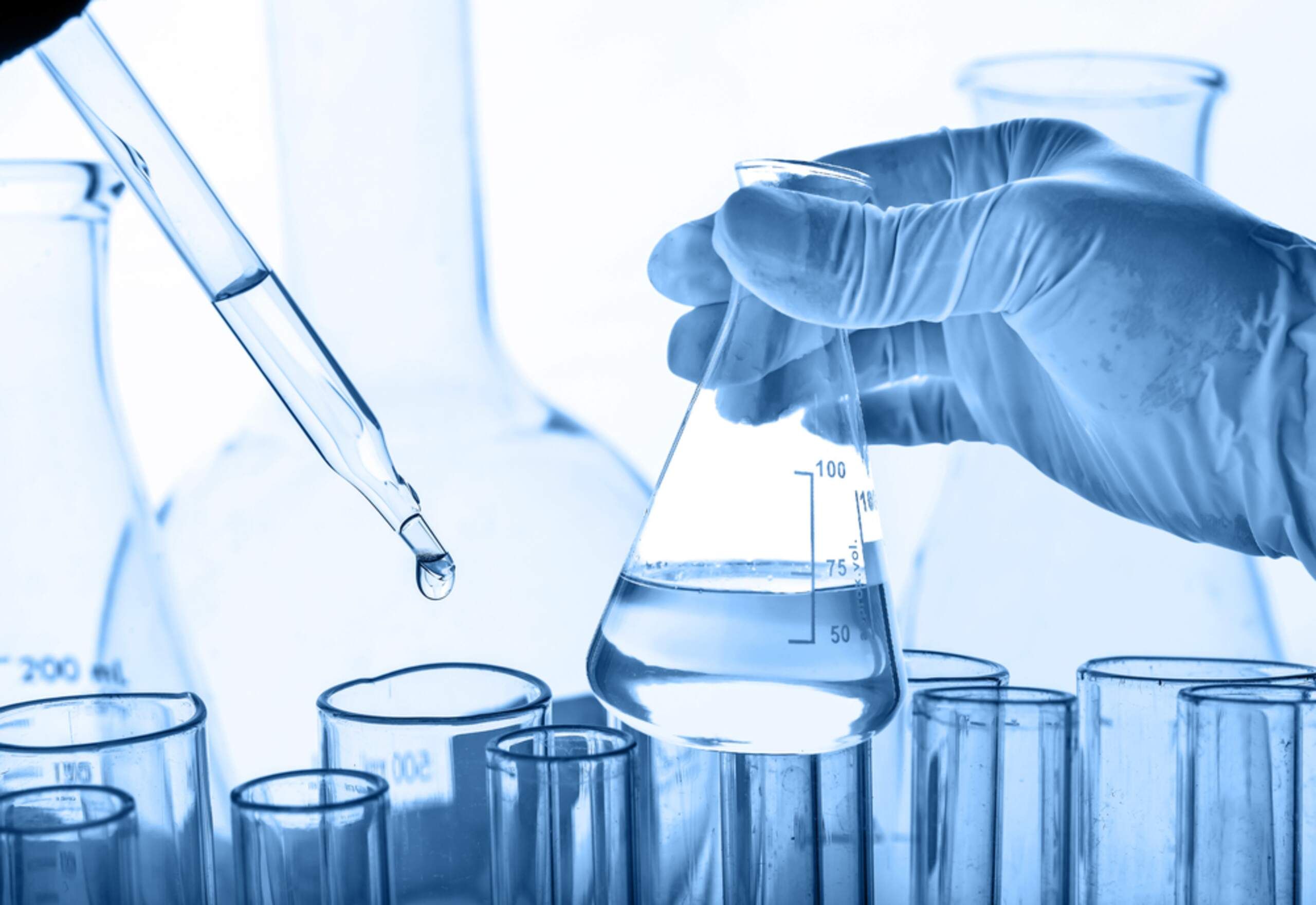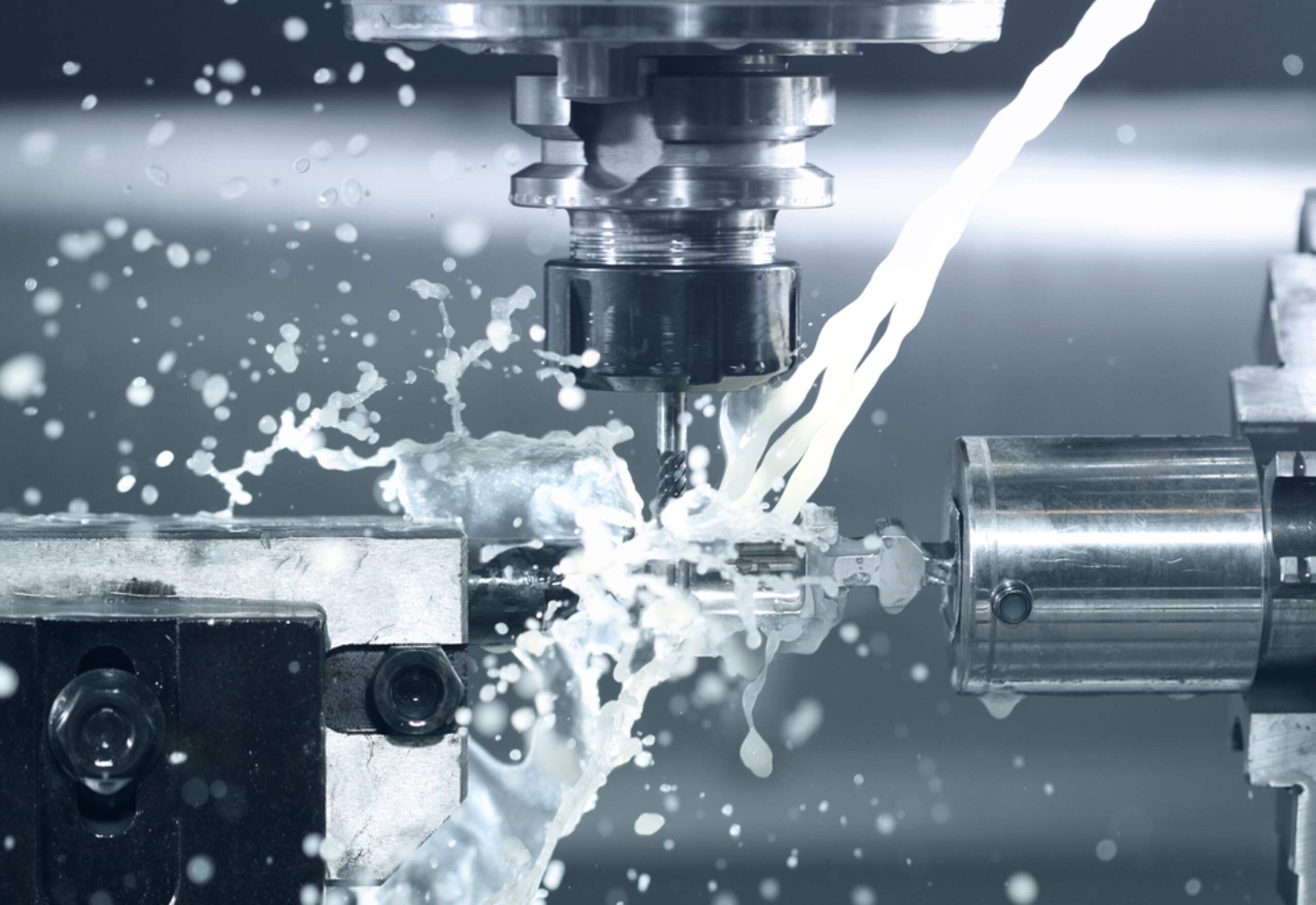- Products
- For Industrial
- For High Purity
- For Lab & Research
- BTU Wobbe CARI Calorimeters
- CEMS Analyzers
- Cavity Ring-Down Spectroscopy Analyzers
- Dew Point Chilled Mirror Analyzers
- Dew Point Moisture Meters
- 开云app官方网站入口
- 开云app官方网站登录
- Optical Absorption Spectroscopy Analyzers
- Oxygen Analyzers & Safety Monitors
- Relative Humidity Analyzers
- kaiyun开云平台体育官方网站
- kaiyun开云平台
- Applications
- Application Assistance
- Agricultural Production
- Airborne Molecular Contaminants
- Air Separation Units & Nitrogen Plants
- Atmospheric & Air Quality
- Battery Manufacturing
- Benzene Fenceline Monitoring
- Biofuel Analysis
- Carbon Capture
- Chemical Manufacturing
- Energy
- Environmental Monitoring
- Evolved Gas Analysis
- Flare Gas
- Food and Beverage
- Gas Purity Analysis
- 制氢
- Lab & Research
- Petrochemical and Refining
- Pharmaceuticals, Life Science & Biotechnology
- 半导体
- Steelmaking Basic Oxygen Process
- Water Quality Analysis (TOC COD BOD TNb)
- Resources
- Service
- Application Assistance
- Commissioning
- Data Services
- Service Contracts
- Spares & Upgrades
- Training
- RMA for Oxygen Monitors
- Rental CRDS Analyzers
- Remote Connected Service
- Analyzer Performance Verification Program
- Commercial Humidity Calibration Laboratories
- Accredited SCS Calibration Laboratory
- Accredited DAkkS Calibration Laboratory
- About Us
- Events
- Careers
- Contact
COD Analysis
- Home
- Applications
- COD Analysis
What is Chemical Oxygen Demand (COD)?
Chemical Oxygen Demand (COD) is defined as the amount of oxygen equivalents consumed in the chemical oxidation of organic matter by strong oxidant (e.g., potassium dichromate). The COD value indicates the amount of oxygen which is needed for the oxidation of all organic substances in water in mg/l or g/m3. Chemical oxygen demand (COD) is an indirect measurement of the amount of organic matter in a sample. With testing COD, you can measure virtually all organic compounds that can be digested by a digestion reagent.
COD is critical in wastewater for determining the amount of waste (contamination) in the water. Waste that’s high in organic matter requires treatment to reduce the amount of organic waste before discharging into receiving waters. Why does this matter? If wastewater treatment facilities do not reduce organic content of the wastewater before it reaches natural waters, microbes in the receiving water will consume the organic matter. As a result, microbes will consume the oxygen in the receiving water to breakdown the organic waste. This oxygen depletion is called eutrophication and can lead to the death of animal life.
Chemical oxygen demand tests are typically performed on wastewater. The pollution level is calculated by measuring the amount of organic matter in the water. Water with too much organic material can have a negative effect on the environment in which the wastewater is discharged. The COD (Chemical Oxygen Demand) is closely related to the laboratory standard method named Dichromate-Method. With this method the chemical oxygen demand is determined during chromic acid digestion of organic loads in wastewater. Based on this method the COD became a commonly used sum parameter in wastewater analysis. It is used for planning of wastewater treatment plants, for controlling the cleaning efficiency and for the calculation of wastewater taxes.
HIGH CONTAMINATION
discharged to tributaries and streams can impact:
- Toxicity of organic compounds: health effects on plants and wildlife
- Decreasing dissolved oxygen and eutrophication
- Impact on fish populations
COD monitoring can:
- Determine concentrations of oxidizable pollutants in wastewater
- Analyze the effectiveness of wastewater treatment solutions
- Determine the effect of wastewater disposal on the environment
- As an index for determining overall water quality
Typical oxidants include:
- Potassium dichromate
- Potassium iodate
- Potassium permanganate
- Ceric sulphate
COD analysis takes place in two stages:
- Digestion – oxidizing the organic substances in the sample
- Determination – measuring COD using either the titrimetric or colorimetric method
DEFINITION OF TOTAL OXYGEN DEMAND
In the United States the TOD (Total Oxygen Demand) has been standardized and is used as a reference to the oxygen demand of organic substances in wastewater. Another clean method to determine the chemical oxygen demand is the electrochemical oxidation using OH-radicals.
这个参数的总需氧量窟er can be measured. Even in the 1970s online analyzers for the determination of total oxygen demand (TOD) were available. After the rise in popularity of the COD-dichromate method, the TOD had been suppressed in many countries as theCOD analysis在废水的分析。然而,total oxygen demand is a reliable and reproducible parameter to indicate the oxygen demand of water. In the United States it is standardized with the ASTM D6238 and very commonly used. The TOD correlates easily to the COD. Hence, this parameter is a preferable alternative to the COD measurement. Moreover, it is very suitable for online measurements, especially with the thermal combustion method at 1,200°C.

DETERMINING THE CHEMICAL OXYGEN DEMAND WITHIN MINUTES.
COD measurement is accomplishedin about 3 minutes. Thus, 3 replication measurements per sample can be determined within less than 10 minutes. The QuickCODlab offers enormoustime and cost savingsin comparison to standard procedures.
O2 DETECTION. SIMPLE AND RELIABLE.
An O2 detector determines the oxygen used to digest all the constituents. The determination of the oxygen demand is performed over a wide variety of measurement ranges. The QuickCODlab also reliably measures the real COD in relevant measurement ranges from 5 to 100 mg/l.

ONLINE MEASUREMENT OF COD AND TOC
THERMAL OXIDATION (HIGH TEMPERATURE METHOD)
The QuickCODlab analyzers use a special thermal combustion method at 1,200°C, which allows a catalyst-free oxidization of the complete sample including any particles. Following which an oxygen detector determines the amount of oxygen consumed by the combustion. This very fast analysis has a cycle time of only 3 minutes and does not require any chemicals. TheQuickCODultraanalyzer measures the oxygen demand of all oxidizable substances in the wastewater including organic nitrogen.
CORRELATION BETWEEN TOC AND COD
The COD concentration is calculated by use of this method that is correlated by a factor and the TOC concentration in the wastewater is determined by use of a standard TOC analysis method. The COD/TOC correlation factor is defined by comparing the measured online COD results to those of the laboratory method. This method is well suited to applications where the concentrations of pollution are not subject tostrong fluctuations.
ELECTROCHEMICAL MEASUREMENT PRINCIPLE
With the patented Lead-Dioxide-Electrode OH-radicals are produced. Compared to other oxidants OH-radicals have a significantly higher oxidation potential. Thus, hard to oxidize substances can be fast and easily oxidized without using dangerous chemicals. During the reaction the electricity produced will be measured, which is proportional to the consumed OH-radicals. The OH-radicals are here again directly related to the COD. This method offers afast, simple, accurate and pollution-free alternativeto the common dichromate method (wet chemical method).

PURE WATER
Pure water and high purity water are crucial factors of production in numerous processes and industries. Depending on the demand it is used as a raw material, auxiliary or operating material. For water with low particle density, our pure water analyzers are equipped with an injection loop system. Using this closed system like ourQuickTOCpurity™orQuickTOCuv™, influences from ambient air or other influences will be avoided.

PROCESS WATER
Process water is very diverse regarding to its use. This type of water may contain adhesive and/or toxic substances and are characterized by high and fluctuating loads or a wide variety of compositions. Our cost-effective,QuickTOCultrawater analyzer is a continuously working TOC measurement system using the UV persulfate oxidation method.

WASTEWATER
Wastewater is one of the most challenging water types for any TOC online analyzers. With highly fluctuating loads, very high salt concentrations and has high particle density,wastewaterneeds a robust water analyzer. For the toughest applications, our TOC analyzers are equipped with a unique injection system capable of transporting and measuring a high content of solid matter without any filtration.







other applications
Questions? We’re here to help.

Terms and Conditions of Sale - Extrel
Sellers-Agreement-Purchasing-Terms-PUR-0026-FR-rev3 - Extrel
Terms and Conditions – Process Insights Swiss AG - MBW
Terms and Conditions – Tiger Optics
Terms and Conditions – Process Insights AG - LAR
Terms and Conditions – Guided Wave
Terms and Conditions of Sale – COSA Xentaur
SITE MAP
Copyright © 2023 Process Insights, Inc. All Rights Reserved.















